Spirea Japanese "Little princesses": description, planting and care
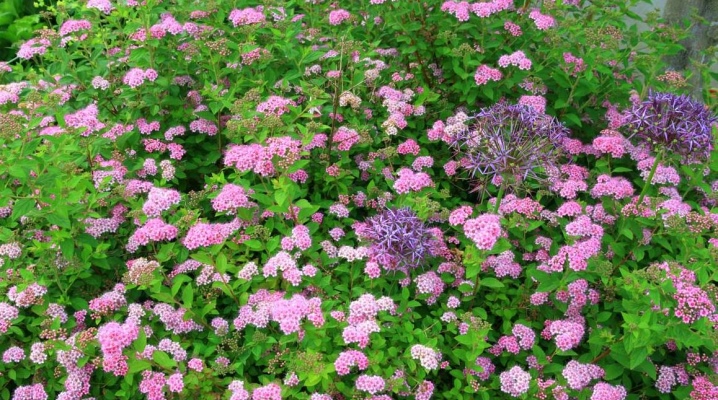
Spirea "Little princesses" is an unusual dwarf shrub that is often used in landscape design. The homeland of the spirea is Japan, and the name came from the small size of the shrub and the unusual color of flowers for this type. Spirea is unpretentious in care, grows rather slowly, but life expectancy can reach 30 years.

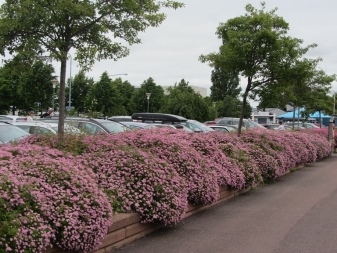
Peculiarities
Spirea "Little princesses" is a dwarf bush that has a spherical shape. Little Princess or "little princess" got its name from its small size compared to other types of spirea. The height of the shrub is only 60 cm, it is extremely rare to find a spirea of this species up to 1.2 m high. During the season, the shrub grows by 10-15 cm, especially rapid growth rates in the first years of life. This shrub belongs to long-livers - it pleases with its beautiful appearance for 25-30 years.
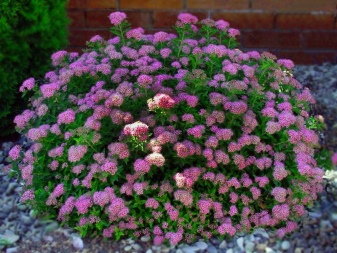
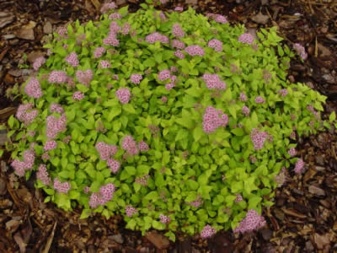
During flowering, the leaves of the spirea acquire an emerald green hue, and in the fall they become orange-red. Flowers bloom in June and bloom until September, with new flowers being formed throughout this period. Japanese spirea is covered with numerous small purple-pink flowers, collected in corymbose inflorescences. The buds are very small and are located at the ends of the branches.
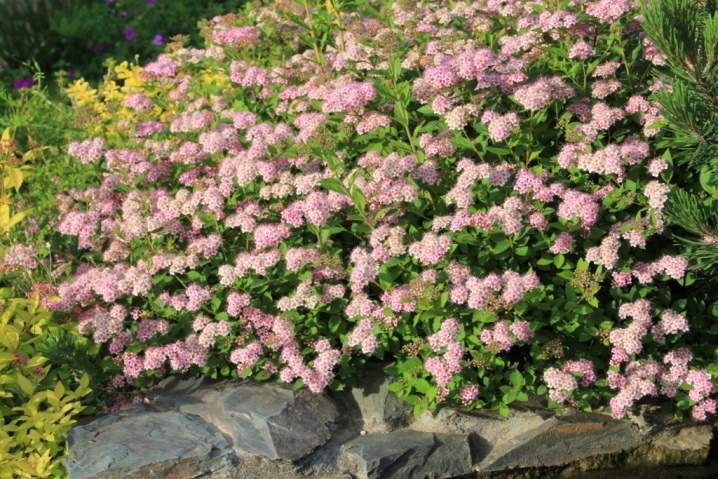
As soon as the flowering period ends, Little Princess Spiraea japonica bears fruit, but they are usually removed so as not to spoil the aesthetic appearance of the shrub.
The first flowering begins from the second or third year of the plant's life.
Description of this type of spirea:
- has a spherical lush crown, which can spread up to 1.2 m wide;
- deciduous shrub from the Rosaceae family;
- abundant flowering begins from the third year of life;
- the fruits of spirea look ugly, and they are not eaten, therefore they are of no value.
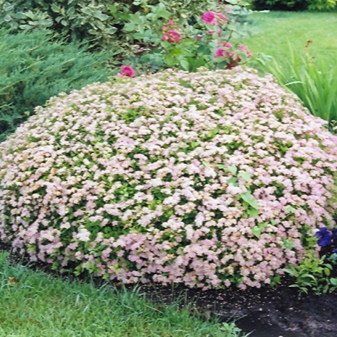
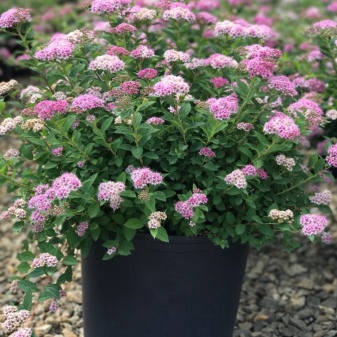
How to plant?
The first rule of successful planting of a bush is a correctly chosen seedling. The roots of the spirea must be covered with a clod of earth to prevent drying out. If the soil is dry, place the roots in a bucket of water for 1-2 hours before planting. The roots themselves should be well developed, without dry, broken ends.
Preference should be given to small seedlings without leaves - they have good survival rate.
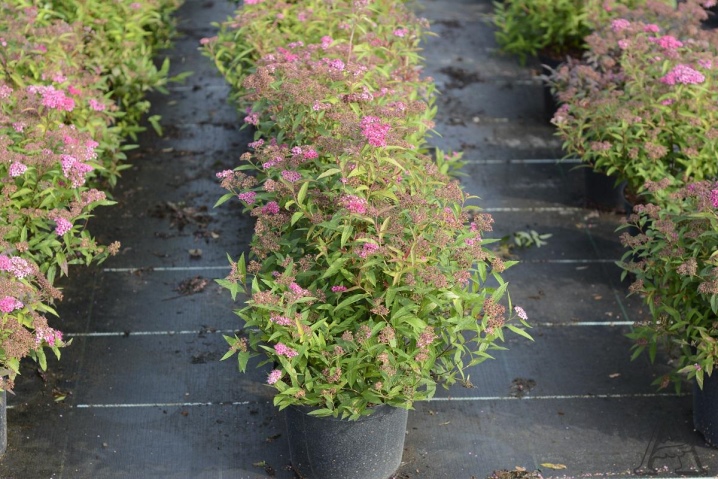
Planting should be done in late fall or early spring before buds have formed. Planting the plant is best in cloudy weather. Young seedlings develop quickly, therefore, before planting, you need to provide enough space for their growth.
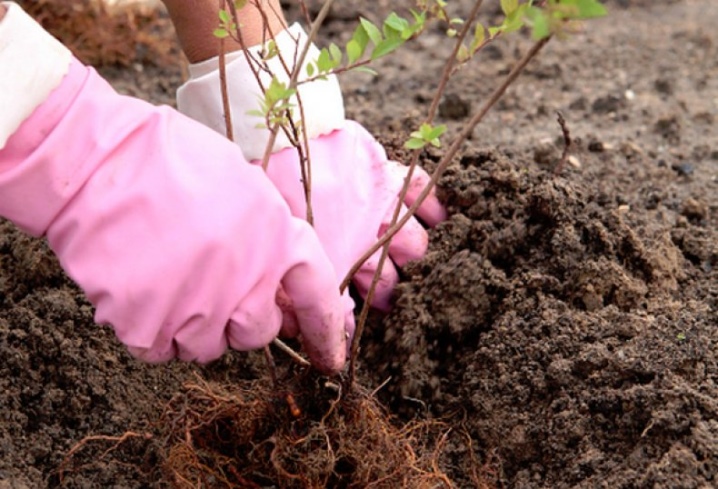
Little Princesses can grow in any area. She does well in both temperate climates and hot ones. But not all soil will do. This Japanese shrub loves a mixture of ordinary earth with peat and sand. In the hole, the roots must be well straightened and the hole must be filled with an earthen mixture. Gardeners recommend digging a hole up to 50 cm deep for the spirea so that the root collar of the bush is flush with the surface. As practice shows, if you plant a shrub before the rain, it will take root in almost 100% of cases. After the shrub is planted, the ground must be well tamped, watered and fertilized with humus.

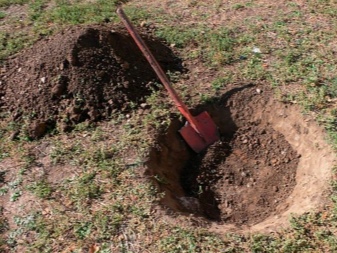
How to take care of it properly?
Shrub care begins with timely watering. In the first years of life, the plant really needs a sufficient amount of moisture.After the first flowering, you can water once or twice a week, if the summer is dry, the amount of watering can be increased. The shrub should not be flooded, as the roots are too close to the surface and can rot, which will lead to the death of the plant.
You can feed "Little Princesses" twice a season - first after wintering, then during flowering.
After wintering, when the pruning is done, you can fertilize the soil with a complex of minerals, during the flowering period - mullein or bird droppings.
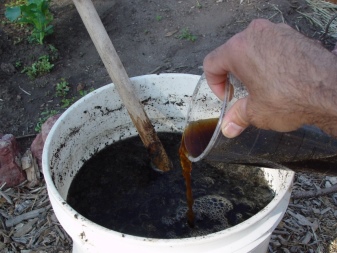
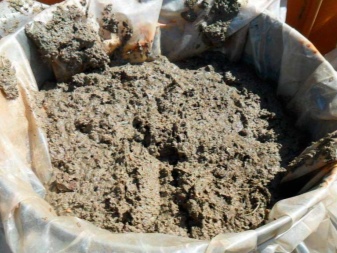
You need to loosen the soil regularly and prevent the formation of a crust around the roots. Loosening should be done shallowly so as not to damage the roots (no more than 5 cm), always after precipitation or watering.
Reproduction methods
Experienced gardeners recommend several ways to propagate ornamental Japanese shrubs.
- Cuttings - the process is quite troublesome, but effective. In the summer, when the spirea blooms (June-July), the shoots are cut off, the partially woody ones are well suited. Next, they need to be planted in a greenhouse in a mixture of sand and peat. During this period, you need to water the bush as often as possible. In spring, the plant can already be planted in open ground.
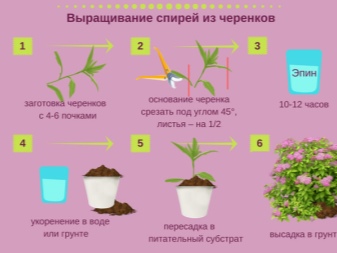
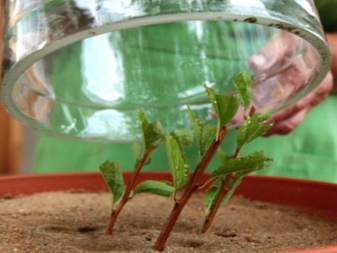
- Layers - a simple and effective method of breeding spirea. Choose the branch you like, gently bend it to the ground and fix it, sprinkle it with earth. This method is used in the spring, when the first leaves appear. You also need to regularly water the plant in this area.
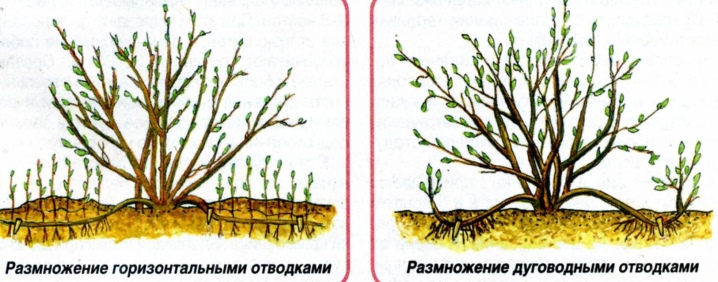
Already in the fall or next spring, a new shrub will appear, which can already be separated from the "parent" and planted in another place.
- Seeds - the most time consuming and complex process that brings the least result. Seeds are sown in advance in prepared pots with peat, covered with foil. From time to time you need to ventilate and water them. After the first shoots hatch, the film is removed and the pots are left open until the end of summer. Until autumn, the seedlings need to be transplanted into open ground, having previously shortened the roots. Young plants need to be provided with warmth for wintering. The first flowering begins in 3-4 years.
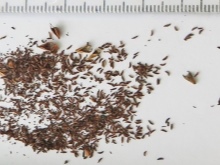
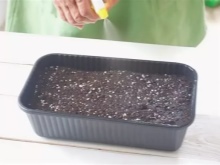
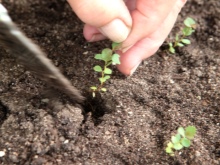
- Division - the most common and easiest method that gives good results. An adult plant must be carefully divided with a shovel and part of the shrub must be transplanted to another place.
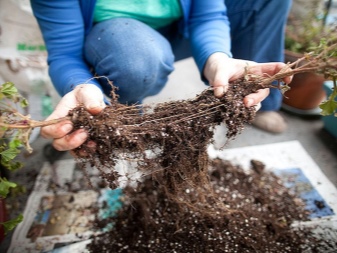
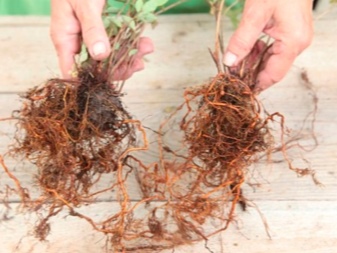
Diseases and pests
Spirea "Little Princess" is resistant to diseases, but not protected from pests. Pests that can pose a danger to the dwarf spirea.
- Rose leaflet - affects almost all deciduous trees. The insect hides in the leaves, rolling them up into a tube, and it mainly harms them. You can fight the leafworm by spraying with biological pesticides, neonicotinoids, pyrethroids, organophosphorus compounds.
- Spider mite - settling on a bush, gradually entangles branches and leaves with cobwebs. The cobweb appears on the lower part of the leaf, it is very thin and transparent, the pest can go unnoticed for a long time. A sign of a tick's habitat can be white dots on the leaves or foliage drying for no apparent reason. The spider mite feeds on bush juice, settles on almost any type of plant. Leaves, pierced by a tick, first begin to become covered with white dots, then turn pale, dry and die off. Tick eggs can get on the plant with the wind, animals and humans can become carriers of adults, you can also buy already infected seedlings. The mite colony develops very quickly and leads to the death of the shrub. Getting rid of this pest is not easy, ticks quickly get used to the drugs. The fight should be started as early as possible - acaricides and insectoacaricides are suitable for this; the affected shrub will need to be treated for 5-7 days 4-5 times a day (possibly more). When processing, you need to alternate drugs.
- Aphid - can carry viral diseases.When infected, the leaves are deformed, a sooty fungus appears on them. The appearance of ants around the bush can also indicate aphid infestation. Preparations for combating these pests: Karbofos, Aktara, Intavir.
- Caterpillars of the white-winged scoop can cause significant harm to the shrub, if not treated in time with "Decis" or other similar preparation.
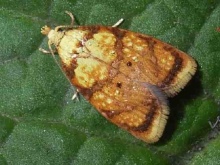
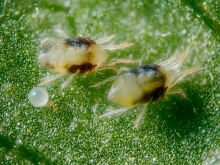
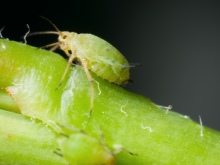
Experienced gardeners recommend regularly examining the shrub for any lesions, since the sooner you notice a disease or pest, the more effective the fight against it will be.
Use in landscape design
An unpretentious and beautiful shrub will adorn any yard or garden. Here's what the designers recommend.
- If the flowerbed looks empty, you can plant a dwarf spirea in the center, which will give a harmonious look and improve the color scheme. Also, the spirea can be planted around the flower bed - as a result, a beautiful border will be obtained.
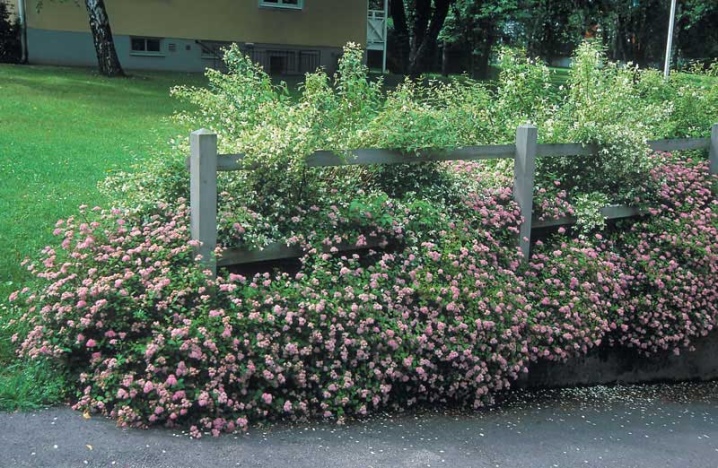
- The small height of the shrub makes it an excellent hedge. Little Princesses can be planted around the house, recreation area, along the pool or walkway.
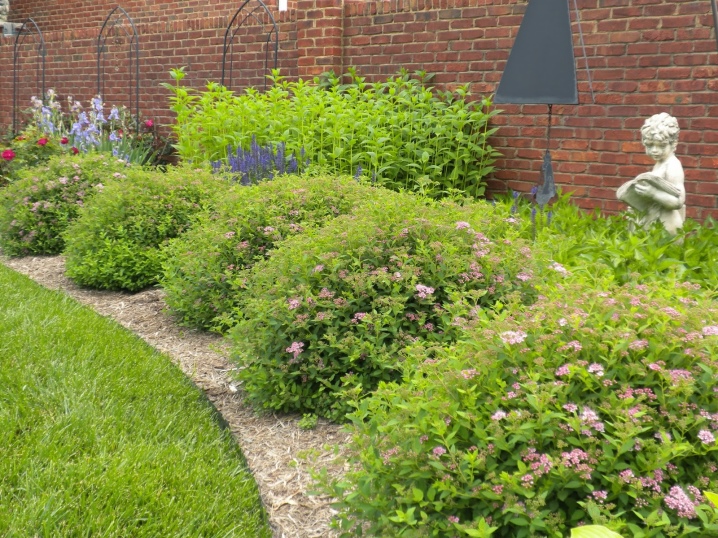
- Growing in a pot will allow you to control flowering, with enough experience, the shrub will delight with lush flowers even in winter.
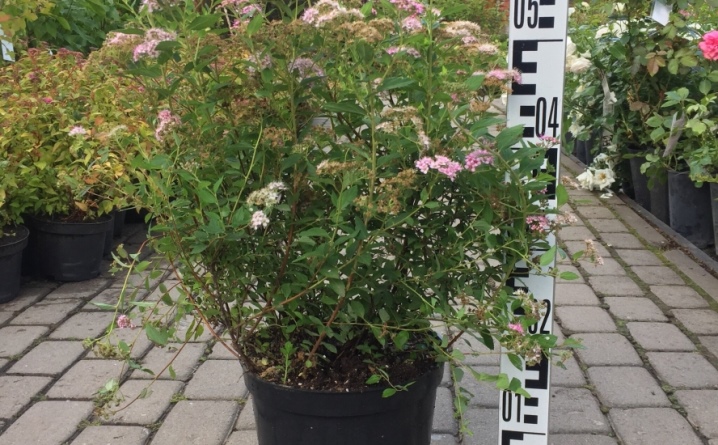
- "Little Princess" goes well with lavender, conifers, barberry. Spirea does not like to be in the shade of other plants, although it gets along easily with its "neighbors".
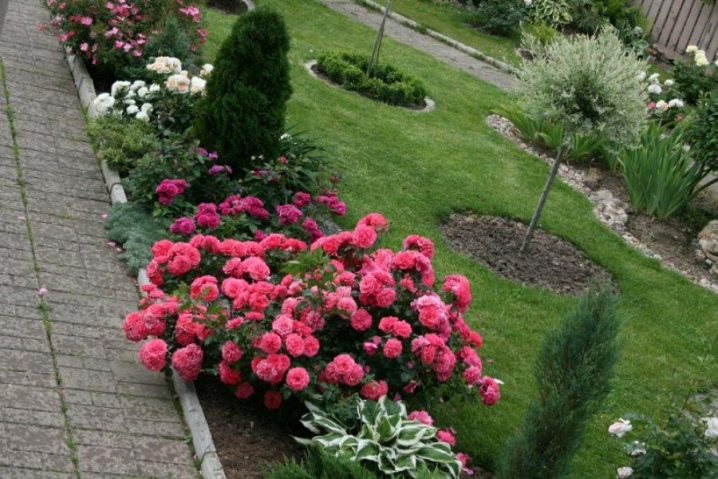
- If you want to use pink spirea flowers as an accent, you need to plant it next to shrubs that bloom less expressively, the main thing is that they have the same flowering period.
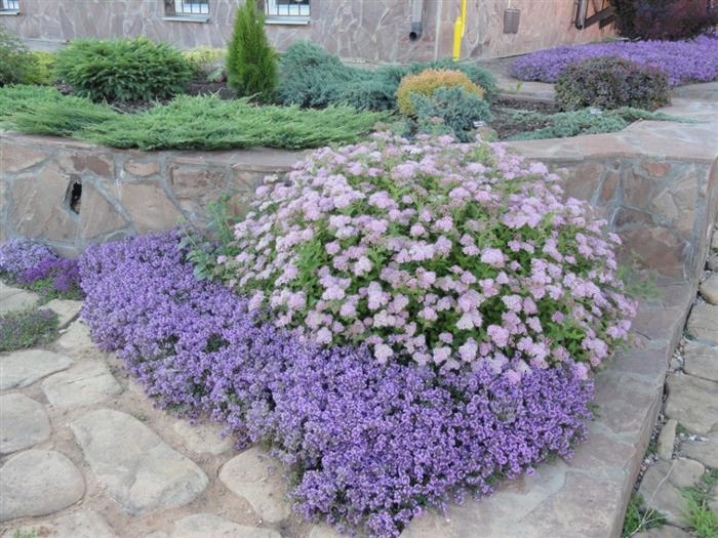
How to plant spirea seedlings "Little Princesses", see the video.



































































The comment was sent successfully.